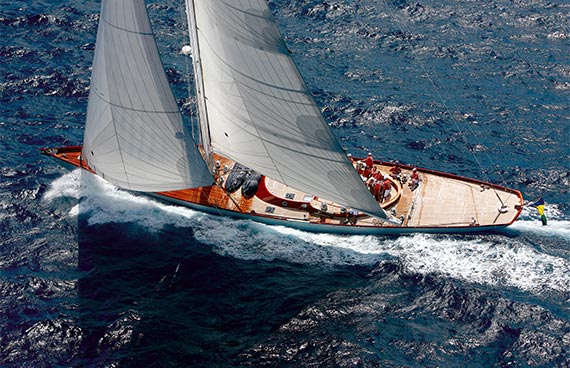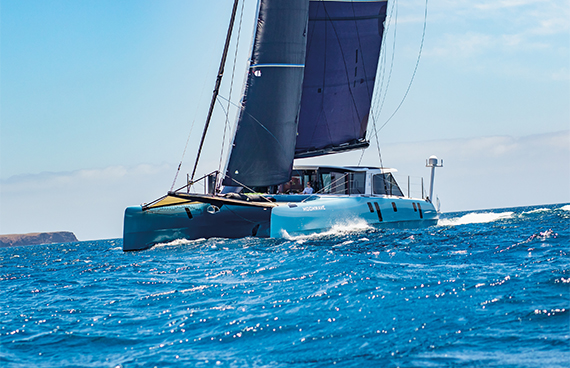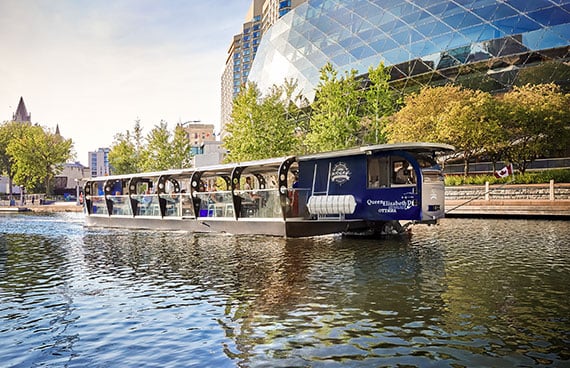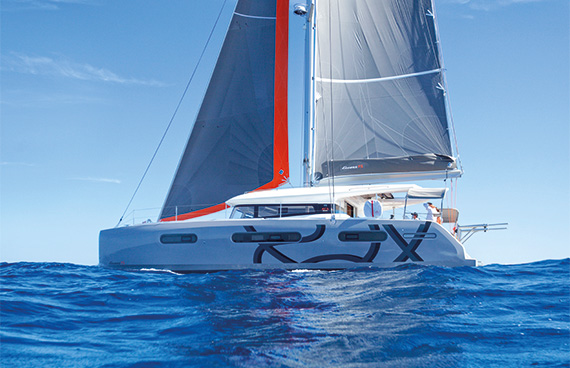
Inboards
Electric Inboards –
Deep Blue for Boats with Direct Drive
Deep Blue: A fully integrated high-performance system for propulsion and energy management. More powerful motors and batteries open up new possibilities.
Additional Information
Torqeedo’s superior electric motors are suitable for powerful motorboats, large sailing yachts and commercial vessels such as ferries. With up to 100 kW the high-RPM version easily powers planing boats, while the low-RPM version is ideal for large yachts and other displacement vessels.
Deep Blue System

Deep Blue information system on high-resolution marine display: touchscreen, waterproof, good sunlight readability. Clean, clearly arranged display of system information.
Professional Safety
The prerequisites for powerful electric drive systems are safety and industrial-level production. In order to meet these recognised production and safety standards, high-voltage drive systems must be jointly developed by experts from different fields of technology. This requires effort lasting several years.
With its pioneering development of the Deep Blue system Torqeedo has set new safety standards for high-voltage electrical drives on boats.
The model for this was provided by safety concepts that are already established in other industries – such as for high-voltage machinery or cars. However, it is not enough for a safety concept for high-voltage boat drives just to copy established concepts from advanced industries. We had to define and develop our own standards of safety in order to meet the many different particular requirements of the marine industry. As we did for Deep Blue.
Outstanding Safety –
acknowledged with its very own insurance tariff
Electric boat drives are gaining ground – even on water. However, many systems currently offered on the market are custom-built by small vendors without an overarching, standards-compliant safety concept. A result is a high number of dangerous accidents on and damage to boats fitted with these customised solutions.
Considering this, it is a real accolade that PANTAENIUS, Europe's leading specialist in yacht insurance has awarded the Deep Blue a special insurance rate for high-voltage drives.This clearly differentiates Deep Blue from damage-prone, custom-built motors.
PANTAENIUS now offers boat owners with a Deep Blue system on board a special tariff. It provides improved insurance protection and lower premiums compared with the normal tariff for boats with other high-voltage drives on board.
Below you will find a number of examples of these unique safety features. They represent the essential safety aspects that all high-voltage drive systems must meet – and which make Deep Blue the safest high-voltage drive system in its class.

Pilot line
The pilot line covers the entire Deep Blue high-voltage power system. It runs through the high-voltage shielded cables and high-voltage plug connectors, monitoring them constantly for irregularities. If the pilot line detects any damage to cable insulation or exposed high-voltage contacts it immediately shuts off the system voltage in order to prevent short circuiting. Pilot lines are standard for high-voltage systems in other industries but they require a high degree of development effort – which is why they are seldom found in custom-built high-voltage electric drives.

Isolation monitor
Constantly monitors that the voltage from all high-voltage components – including the battery and all other components under high voltage – is completely isolated from the boat. This is standard for high-voltage equipment in other industries. This has so far been the exception for powerful electric boats. And for Torqeedo? Standard, of course.

All components waterproof
Components that were not specially developed for boats are seldom waterproof. This can result in non-waterproof components being used for custom-built high-voltage batteries. Nevertheless, all on-board high-voltage system components must be waterproof. That's why with Torqeedo they are.

Automotive battery safety
The first lithium batteries for the marine industry with the advanced quality standards of the automotive sector are the result of Torqeedo's collaboration with established battery manufacturers. Integrating a battery into a drive system and the associated safety concept alone requires considerable effort that can only be achieved by working together with the battery manufacturer.

Battery venting
In the unlikely event that the safety mechanisms in a Deep Blue battery fail, the individual hardware mechanisms within the battery cells will take effect. Among other things, the cells can release pressure via a valve in order to reduce their temperature in an emergency. The gases emitted in this extremely rare case are hot, toxic, flammable and heavier than air. Batteries are installed in electric cars in such a way that they can simply "empty" battery gas emissions onto the road. In electric boats, these dangerous gases must be released into the open air in a controlled manner. Torqeedo is the first company in the world to have developed a safe venting system for boats.

Battery damping
All components on fast and seagoing boats in particular are repeatedly subject to high levels of shock that in some cases can exceed 12 g of acceleration force. Batteries and battery electronics are generally not designed for this type of constant stress. Batteries in cars and buses are installed in a shock-protected and shock-absorbed area of the vehicle. Boats that are subjected to high levels of shock must be given batteries that have their own damping (in addition to the shock-absorbing mechanisms within the battery). Torqeedo is the only company in the world that provides this for maritime use.











